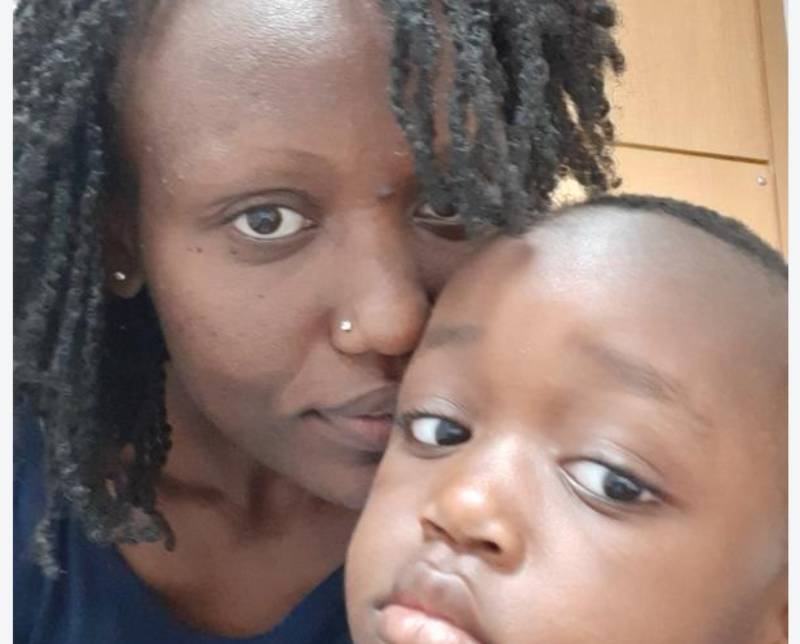×
The Standard e-Paper
Kenya’s Boldest Voice

VERONICA NJERI KAHUNGURA is a customer service consultant. She is, however, best known to Kenyans as ‘Mama Ethan’ following a funds drive to settle medical bills for her son that eventually led her writing a letter to President Uhuru Kenyatta. She narrates her story to GARDY CHACHA
“On November 10, 2018, my life turned upside down in an instant. It was a Saturday. It was a work day for me and I was up early.